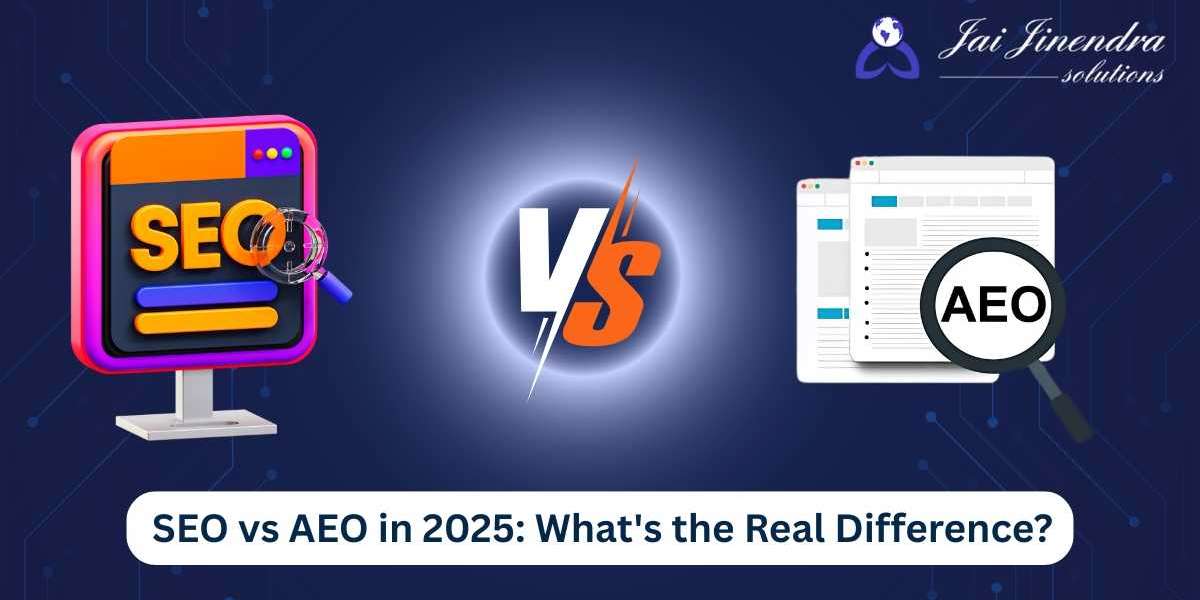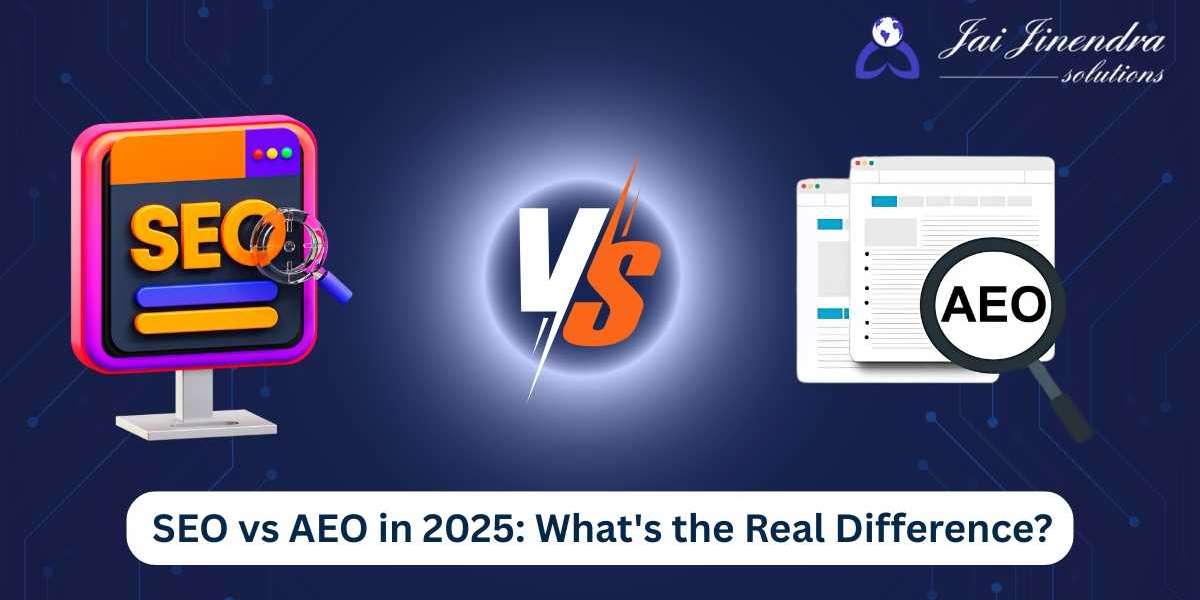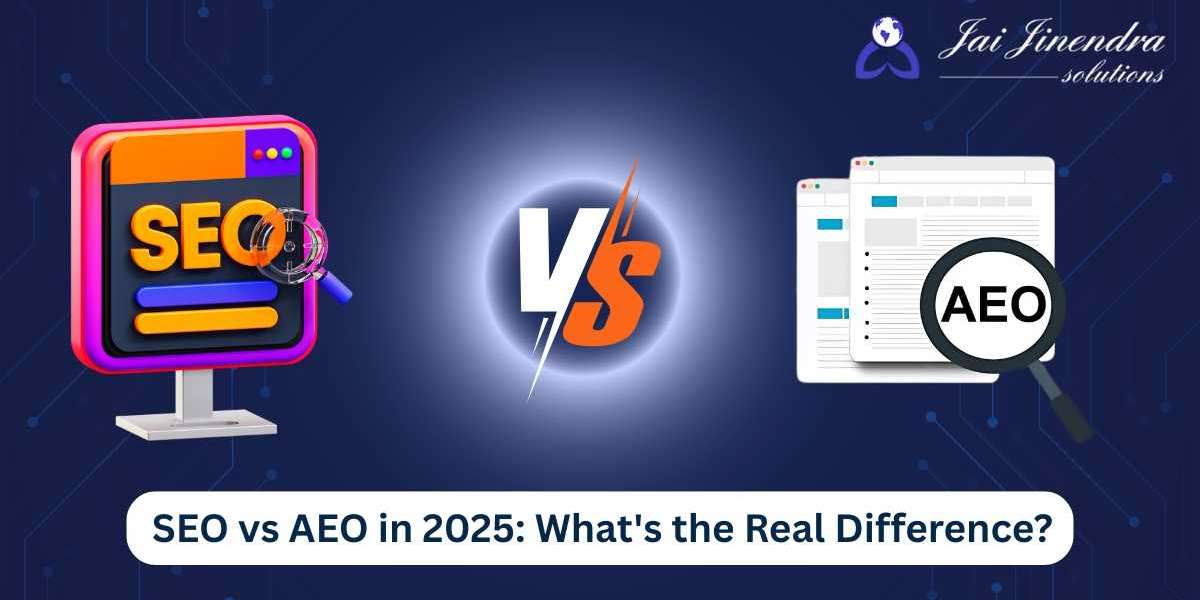The way we search online isn’t what it used to be. In 2025, users want answers faster, cleaner, and without having to click through ten blue links. That shift has brought two powerful strategies into focus: SEO (Search Engine Optimisation) and AEO (Answer Engine Optimisation). Both aim to get your content seen but they work in very different ways.
And with AI-generated results becoming the norm, the real question isn’t which is better, but how do you adapt?
So, What Are We Really Comparing?
SEO has long been the go-to. It’s about building rich, detailed content that gets picked up by Google, Bing, and other traditional search engines. It leans on keywords, backlink authority, site speed, and the kind of depth that keeps users scrolling.
AEO, on the other hand, speaks the language of immediacy. It’s designed for AI tools, voice assistants, and “zero-click” results. Think Siri, Alexa, or Google’s AI Search, where the answer shows up before you even finish the question.
Why AEO Has Taken Centre Stage in 2025
Look around. Most people now ask their phones or smart speakers for answers. They don’t want a list of sites, they want the answer, right there.
AI tools like ChatGPT, Google’s SGE, and Bing’s AI search have made that possible. These platforms are rewriting how content is found and consumed. It's predicted that nearly 70% of all searches this year won't end in a single click. That's a game-changer for marketers.
If your content isn’t ready to answer upfront, you’re probably invisible to a big chunk of your audience.
Can You Optimise for Both?
Absolutely and you should.
Search habits aren’t one-size-fits-all. Some users want a quick answer. Others want to dive deep. The smartest approach is to build your content in layers:
Lead with the answer: Sum up the key point in the first few lines. Think 50–100 words that hit the mark fast.
Support with structure: Use bullet points, subheadings, and schema markup (like FAQ or HowTo tags) to help AI understand and display your content better.
Keep the tone natural: AI tools are getting better at picking up human language. Use conversational phrasing that feels like a real person is speaking, because one is.
Include the depth: Once the question’s been answered, add the insights, stats, and examples for those who want more.
Get More info: https://www.jjswebworld.com/blog/seo-vs-aeo-in-2025-real-difference










